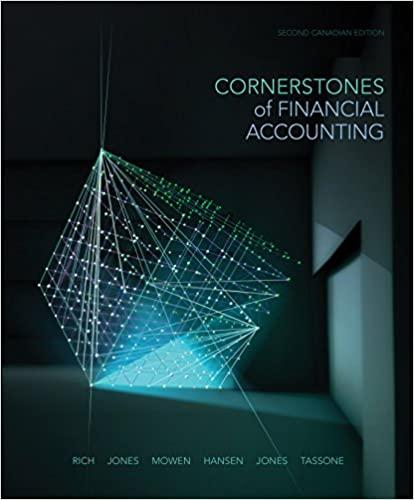Answered step by step
Verified Expert Solution
Question
1 Approved Answer
Break-even with Opportunity Costs 25% Cost Behavior 25% Multiple Product Break-even 25% NPV (extra credit) 15% Sunk Costs 25% 115% Guatemala. Here are their estimates
| Break-even with Opportunity Costs | 25% | |||
| Cost Behavior | 25% | |||
| Multiple Product Break-even | 25% | |||
| NPV (extra credit) | 15% | |||
| Sunk Costs | 25% | |||
| 115% |
| Guatemala. Here are their estimates (based on 2,000 passengers per cruise and 25 cruises per year): | |||||||
| PER CRUISE | |||||||
| Variable Costs | Fixed Costs | ||||||
| Labor | 750,000 | 150,000 | |||||
| Food | 750,000 | 75,000 | |||||
| Fuel | 650,000 | ||||||
| Port fees and services | 125,000 | ||||||
| Marketing, ads, promotion | 350,000 | ||||||
| Supplies | 500,000 | 150,000 | |||||
| Totals | 2,000,000 | 1,500,000 | |||||
| a. Assuming that the two-week Alaskan cruise will be priced at $2,000 per passenger, please calculate | |||||||
| the break-even number of passengers per cruise based on the data above. | |||||||
| b. What do the Lincoln Alumni need to consider beyond these estimates, and if they included this consideration, | |||||||
| what would happen to the break-even point? Would there be an issue if the max capacity of the ship was 2000 passengers? | |||||||
| HINT: Please calculate the OPPORTUNITY COST and compare against its capacity. | |||||||
Step by Step Solution
There are 3 Steps involved in it
Step: 1

Get Instant Access to Expert-Tailored Solutions
See step-by-step solutions with expert insights and AI powered tools for academic success
Step: 2

Step: 3

Ace Your Homework with AI
Get the answers you need in no time with our AI-driven, step-by-step assistance
Get Started


